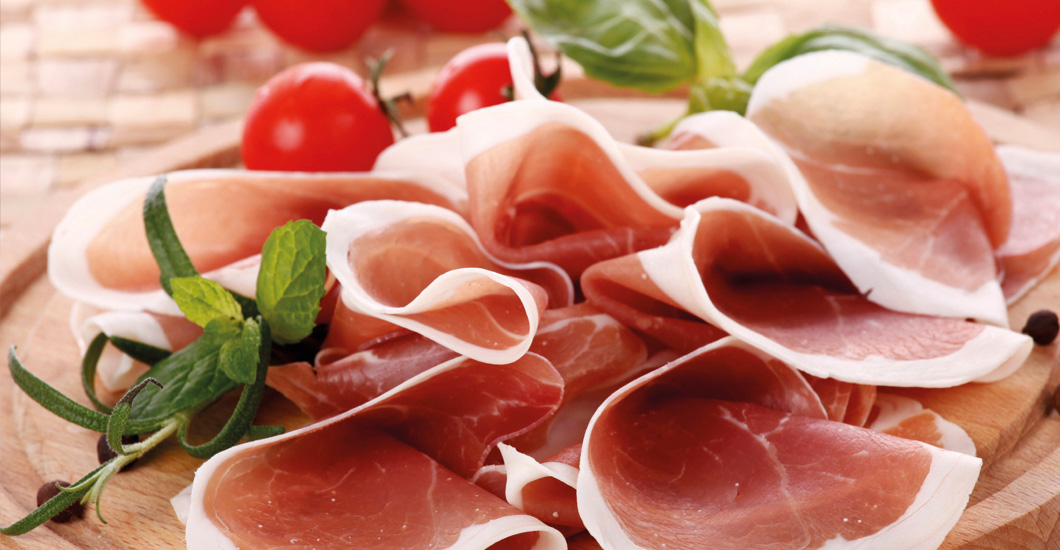Cold meats are a quick and nutritious alternative for the family. But be careful, because some are very processed and contain undesirable fats. In this article we will review the properties of the most desirable meats; as always, the best guide is complete information, and the best advice is moderation.
1. CHICKEN
Its biggest advantages are that it is easy to prepare and digest, and is normally low in cost. Chicken has almost the same amount of protein as red meat, but it contains less saturated fat and more than the recommended amount of polyunsaturated and monounsaturated fats. Like all meats, their nutritional value can vary, depending on how they are prepared.
100 grams of chicken contains:
- Calories: 165
- Protein: 21
- Grams Fat: 9 grams
- Carbohydrates: 0 grams
100 grams of stuffed chicken contains:
- Calories: 202
- Protein: 20
- Grams Fat: 10
- Grams Carbohydrates: 8 grams
2. TURKEY
Turkey is a white meat that is low in fat, and therefore, helps the body maintain low cholesterol levels. The breast contains the least amount of fat, and therefore, it is also the driest. However, any cut is a good source of protein, B-complex vitamins, and minerals, according to Alexandra Franco, a nutritionist and dietician. It can be prepared like chicken, stuffed with vegetables, or it can be bought preserved, like smoked turkey, or as a turkey-ham, which has been cured for a few weeks to increase its shelf-life.
100 grams contains:
- Calories: 105
- Protein: 24
- Grams Fat: 1 grams
- Carbohydrates: 0 grams
100 grams of turkey legs contain:
- Calories: 140
- Protein: 14
- Grams Fat: 4
- Grams Carbohydrates: 12 grams
100 Grams of turkey-ham contains:
- Calories: 118
- Protein: 16
- Grams Fat: 6
- Grams Carbohydrates: 0 grams
3. PORK
In the past, pork has often been thought to be high in fat content; however, today it is known that chicken consumed with its skin or certain cuts of steak have more fat than a piece of pork tenderloin. In reality, the amount of fat in the pork depends largely on external factors, like the animal's diet. Like other meats, it has high-quality protein, vitamins, and minerals, with the difference being that it is very soft and, to some palates, better tasting. The main recommendation is to purchase pork at chain supermarkets or recognized retailers to make sure that it is actually pork.
100 grams of ham contains:
- Calories: 201
- Protein: 21
- Grams Fat: 13
- Grams Carbohydrates: 0 grams
100 grams of roasted pork contains:
- Calories: 120
- Protein: 21
- Grams Fat: 4
- Grams Carbohydrates: 0 grams
100 grams of pork chops contain:
- Calories: 292
- Protein: 19
- Grams Fat: 24
- Grams Carbohydrates: 0 grams
4. BEEF
In addition to its rich taste, beef is an excellent source of protein. We would like to stress that, although beef does not contain a great deal of iron, the body is very efficient using the iron that is contained—this is why beef is recommended for the treatment of anemia. Beef fat provides energy, but getting more than one-third of your calorie intake from the consumption of animal fat is not recommended, regardless of whether it is beef, chicken, pork, or turkey.
100 Grams of roast beef contains:
- Calories: 170
- Protein: 20
- Grams Fat: 10
- Grams Carbohydrates: 0 grams
100 Grams of beef round contains:
- Calories: 184
- Protein: 19
- Grams Fat: 12
- Grams Carbohydrates: 0 grams



